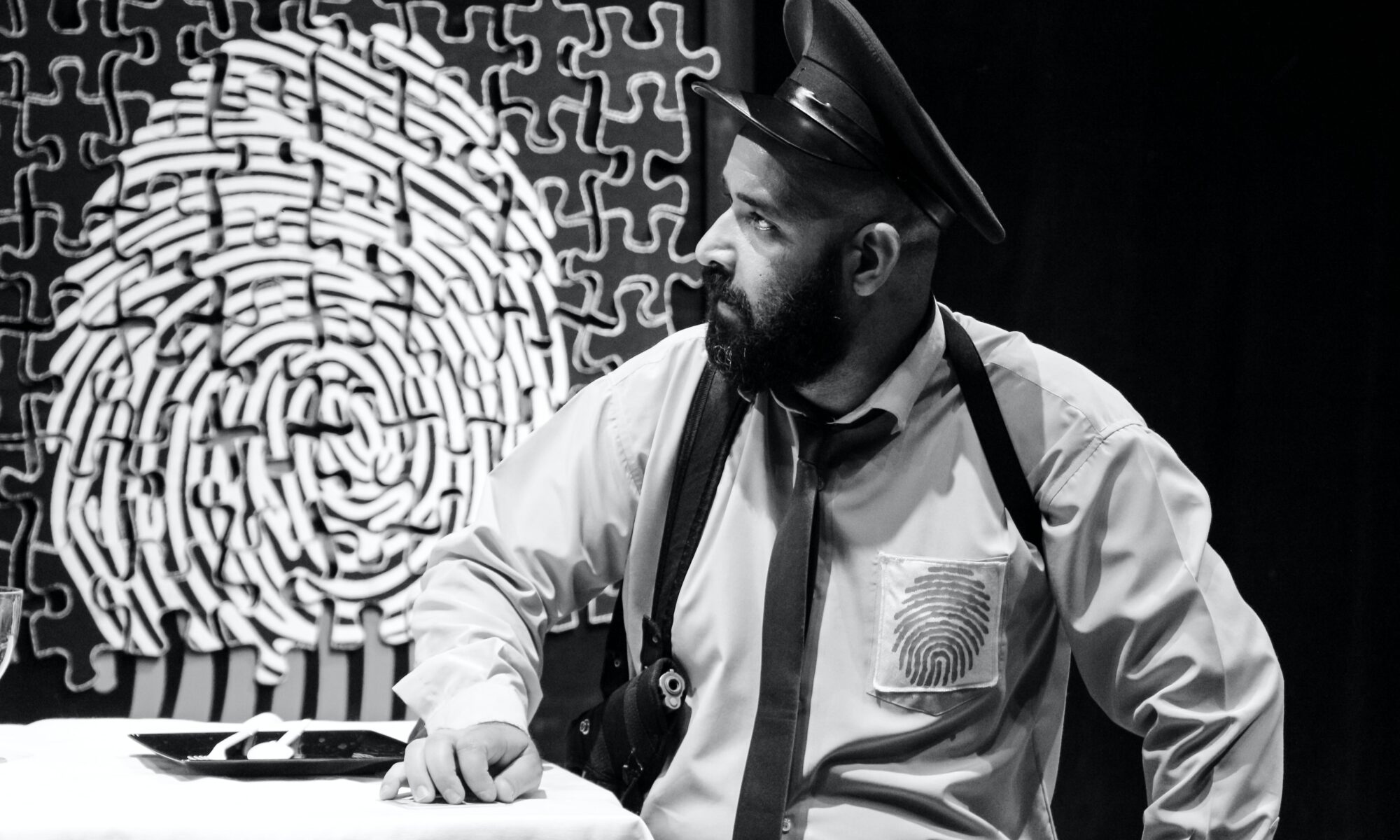What is Digital Identity?
In order to understand digital identity, I believe one must understand the meaning of identity in general. Identity is “what it means to be who one is including the quality and beliefs, distinguishing a person or group from others”(Mahboob et al. 33).In other words, identity is a dynamic set of qualities and beliefs that makes one person or group different from others.
Digital identity is both your personal and your professional identity which are represented in your online presence. Your identity online develops from “what you post/share online, what you engage in, how you engage, how you treat others, and how you use digital tools for your benefit, as well as for the benefit of the people you work with or teach” (Stoller, 2016). Digital identity is your online footprint. This footprint makes you “searchable” to potential employers, networks, like-minded individuals, and anyone really.
Digital identity is not only based on digital interactions. It is developing into a way in which you can store hard facts about yourself in the form of a digital wallet. Your digital wallet can contain items such as; your SIN number, passport, banking information, transcripts etc.. all in one place, thus making them more accessible and allowing for more inclusion.
I guess it would be safe to say that your digital identity can be made up of your facts in documents, as well as your actions/presence online. Your digital identity can both develop, or destroy, your credibility based on your settings, as well as the uncontrolled media that is shared about you by others. Your digital identity can be manipulated and shaped in order to fit into certain social/professional communities.
How do personal vs professional approaches to Digital identity affect social media use?
As mentioned above, there are layers within one’s digital identity. There is a personal layer which represents an individual’s interests or hobbies, cultural beliefs, political beliefs, etc.. and there is a professional layer which represents how you define yourself within your profession- a doctor, defines themselves as a doctor within the realm of medicine and represents themselves by sharing certain experiences, attributes or values(Mahboob et al. 33). These layers make up your digital identity and can shape the way in which you choose to use social media. The question is, how?
When it comes to your personal digital identity, you may be more open to sharing information and have more relaxed sharing settings. You may be okay opening up to more people and having them know that you are active, that you adore chocolate and that you have a beta fish named “Hank the Tank.” On the other hand, in your professional life online, say as a teacher, you are likely to be less open about your personal life as you would want to protect yourself from potential readers/viewers that may take a post/image out of context, thus changing the image of you as a professional. For example, a parent of a learner in our class may see that I have a fish named “Hank the Tank” and assume that I am an avid Will Ferrel fan and find humour in drinking and streaking scenes and perhaps perceive me as unprofessional or label me as, “that kind of person.” However, this is not the case nor the context. My daughter actually named Hank the Tank during a time she loved to rhyme and said, “My fish lives in a tank and his name will be Hank the Tank.” The potential risk of posting something that can be taken out of context will tighten up what you share and who you share with in your professional identity and personal identity.
It is important to note, that when dealing with any digital identity, the owner of that identity is able to manipulate posts and comments, thus creating am image of him/herself which may in fact not be authentic. As Spracklen describes it, online interactions are not necessarily authentic because, “everybody in a given social network will be performing the role they think gives them the correct social identity in the right form of belonging” (Spracklen, 2015). In other words, you play the part and post comments/images that reflect the person you think you should be seen as within a certain group. As a digital professional, you will play the role of what is expected in your occupation. As an individual displaying your digital identity you may play another several roles in order to fit into certain groups.
How do digital identities converge in networked publics and what are the impacts or benefits.
Digital Identities(both professional and personal) converge in networked publics when either access is granted through security settings by the owner, or when an uncontrolled media source/person provides information about you. A great example of this is when I was applying for jobs 8 years ago as a teacher. During one interview the interviewer mentioned how impressed she was by the 13km Merville race that I had just finished second female in. I was shocked that she knew this information about me. I realized right then and there that she had done a google search of my name. She had come across this information about me through a news article that I didn’t even know existed! Right there, my personal digital identity merged with my professional digital identity. Someone else affected my digital footprint. In this case, I didn’t mind since it supported my interview, but it made me realize that there are uncontrolled sources out there that could dent or diminish my credibility.
I agree with the article, “Digital Identity, Who am I,” when they speak to the need to incorporate the concept of identity into a curriculum about behaviour in online public networks (Mahboob et al. 33). I believe it is important to be educated about how one chooses to post and perform in networked publics so that they can make educated choices about how they want to be represented, as well as understand how they could possibly be represented poorly.
Can a digital wallet provide trust in networked publics?
The world is ever changing and is becoming more fast paced than ever. The need to move online and have quick transactions is inevitable and imperative. A digital ID/wallet can speed up our pace as it gives us the ability to sign documents and have it completed in one minute, rather than 3-5 days. However, it does also create concerns. It may be difficult for some to adapt to digital ID/Wallets due to fears and worries around data security, transparency and lack of trust in governing bodies. A digital wallet can seem ridiculous to think about when fraud and data leakage are potential risks. However, a digital wallet can actually give you greater control over your information. A speaker from the Davos conference speaks to a third party app named DIGIME which gives you agency and control over how and with whom you choose to share your information, while another speaks to an app called “Learning Machine” which adds your credentials into a digital wallet and gives you agency over your settings (Davos, 20112).
I currently use an app called “PayPal” which allows me to trust paying on the web and which makes me feel more in control as to who has my information. PayPal allows me to pay online without showing my credit card numbers or identification. Using “PayPal” in networked publics, opens up more trust if the purchaser understands their information is being kept safe as well as how it is being kept safe.
On the note of trust, a comment which reminded me that that there are people out there who are trying to tackle problems for the user as technology develops was one from Mary Snapp. She mentions that, while developing tech we need, ”ethicists, philosophers and historians to insure that as the tech is developed it is developed in a way we can ensure ethical use” (Davos, 2012). Yes, this could have been mentioned for peace of mind, but it gives me hope that there can be trust and transparency within this realm.
Not only can a digital wallet provide more agency and control for the owner, it prioritizes inclusion. Inclusion is not only important to the economy, it is fundamental in overcoming the divides that exist in our world today. Digital wallets can be a way to include 1.7 billion more people who are living in third world countries (Davos,2019). This is a huge number of people who have been disconnected from opportunity. Digital wallets can allow for more travel, health coverage and quick and easy access to that information if one was ever stuck without papers. However, as much as we want to include, it would be important to recognize what could also potentially exclude people. For example, the ID which one would be required to carry noting they have had the Covid19 vaccination could easily discriminate against those who choose not to get it, as well as those who may not be able to. “What exceptions do we make for these? Is it “fair” to make exceptions?” are some of the questions which arise with this protocol.
As mentioned before, the world is moving online and there can be worries behind it, and in my opinion there should be. These worries present themselves as possible problems to be solved. From the readings and the videos, I am beginning to realize that there are conversations around the potential issues that could happen online (as much as they could happen offline)and that trust is trying to be built. These conversations and the fact I would have more agency over my assets, builds my trust. Therefore, I believe that trust can be obtained in networked spaces, as long as proper policies are followed and that the creators remain transparent. Trust doesn’t happen over night, it is earned. However, in order to earn trust, one must be willing place chance in someone or something before it has a chance to develop.
Citation
Stoller, Eric. “What is digital Identity.” Youtube, uploaded by University of Derby, 25 11 2016, https://www.youtube.com/watch?v=u0RryRbJza0
Mahboob, Usman, et al. “Digital Professional Identity: Dear Internet! Who Am I?” Education for Health, vol. 32, no. 1, 2019, p. 33. Crossref, doi:10.4103/efh.efh_232_17.
Davos (2019), Press Conference “The Value of Digital Identity for the Global Economy and Society” Available at:https://www.youtube.com/watch?v=1-V7lyxrOmw&feature=youtu.be


Hi Jayne,
I really enjoyed reading your blog on digital identity. Your post was really well written and engaging. In your section on digital wallets, I agree with you completely. Technology is growing so fast and digital wallets are just a small part of this growth. And I know many people are wary of using digital wallets, PayPal and other forms of virtual payment because of privacy and safety concerns. I think if people learnt about the technology and the safety protocols in place will understand that it actually is safer than using visa cards. And that each has their own risk, but by becoming educated on this topic people can make the best decision for themselves.
Thank you,
Asha Kalsi
Hi akk12,
Thank you for your compliment as well as your thoughts. Adapting is an incredible human ability and we continuously do this. Therefore, recognizing that this digital may be the next step is an important start to beginning the process in protecting yourself when the time does come.